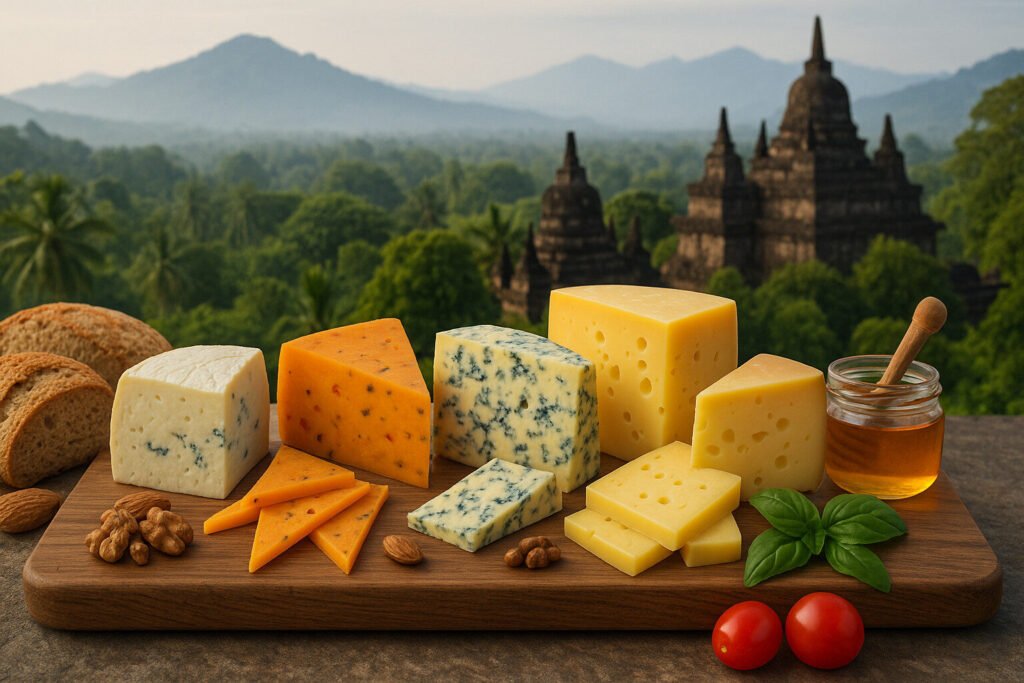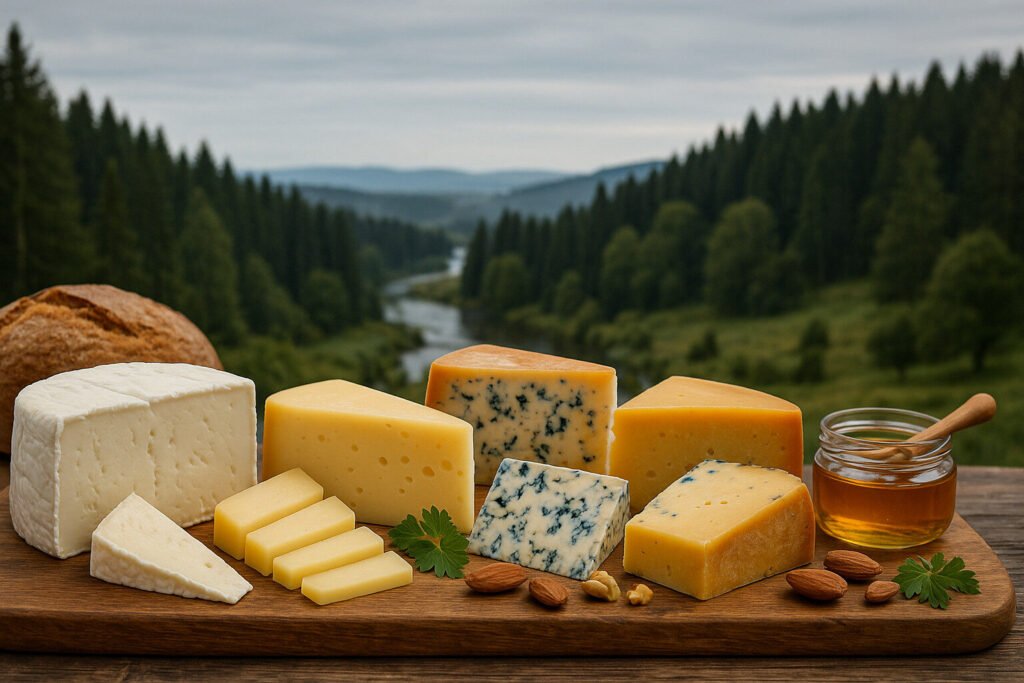Cheese Of Mongolia
Mongolian Dairy Traditions
Mongolia’s cheese heritage is intrinsically linked to its nomadic pastoralism, primarily utilizing milk from yaks, cattle, goats, and horses. These dairy products are essential for sustenance, providing vital nutrition and enabling long-term preservation to endure harsh climates and seasonal migrations. The scope of Mongolian cheese is defined by traditional techniques that transform raw milk through methods like drying, fermenting, and curdling without industrial processes.
Key traditional varieties include aaruul, which are hard, dried curds, and byaslag, a simple, pressed cheese. These products represent a food category centered on practicality and portability, differing significantly from the moist, aged cheeses common in other global traditions. The entire classification is based on the type of milk used and the specific drying or fermentation method applied, creating a unique branch in cheese taxonomy.
Traditional Production Methods
Production begins with the milking of livestock, often done by hand in a nomadic setting. The milk is typically boiled first, then soured naturally or with a previous batch’s whey to initiate fermentation and separation of curds from whey. For byaslag, the curds are pressed into simple forms, while for aaruul, the curds are shaped and laid out to dry completely in the sun and air.
This sun-drying process dehydrates the cheese, inhibiting spoilage and creating a rock-hard final product that can be stored for months or even years. The techniques are low-tech and resource-efficient, requiring no artificial rennet or complex aging facilities. The production cycle is closely tied to the seasons, with peak cheese-making occurring during the summer months when milk is most abundant.
Sensory Profile and Properties
Mongolian cheeses like aaruul possess an intensely dry and hard texture, requiring soaking in tea or milk before consumption to become edible. The flavor profile is predominantly sour and tangy, a direct result of the natural lactic acid fermentation process, with low levels of fat and salt. These cheeses have a crumbly, granular mouthfeel when properly rehydrated.
The properties of these cheeses are defined by their low moisture content and high acidity, which are their primary preservation mechanisms. They lack the complex, developed flavors of aged, mold-ripened cheeses, instead offering a sharp, straightforward dairy taste. The specific sensory characteristics can vary significantly based on the animal source of the milk, with yak milk imparting a richer, more robust flavor.
Culinary Uses and Consumption
Mongolian cheeses are primarily consumed as a staple food, often eaten as a snack or accompaniment to milk tea. Aaruul is commonly carried by herders as a lightweight, non-perishable energy source during long journeys across the steppe. It is also frequently offered to guests as a symbol of hospitality and is a common feature in the Mongolian diet from childhood.
Beyond simple snacking, these cheeses are sometimes grated or softened into soups and stews to add protein and tangy flavor. They are a key component of the “Mongolian white foods” or “tsagaan idee” category of dairy products. Their extreme shelf stability makes them a crucial survival food during the long, resource-scarce winter months.
Regional Variations and Examples
Regional variations exist across Mongolia’s different aimags (provinces), influenced by the dominant local livestock. In the northern and western regions where yak herding is prevalent, cheeses made from yak milk are common and possess a distinctively strong, gamey flavor. In the central and eastern steppes, cow and goat milk cheeses are more typical, often resulting in slightly milder products.
Specific examples include khuruud, a fresh cheese similar to byaslag but often consumed sooner, and eezgii, a dried cheese sometimes made with the addition of sugar or flour. The Gobi Desert region is known for its particularly hard and intensely dried aaruul, a necessity in the arid climate. These regional specialties demonstrate how local ecology and pastoral traditions shape the specific styles within Mongolian cheese-making.


